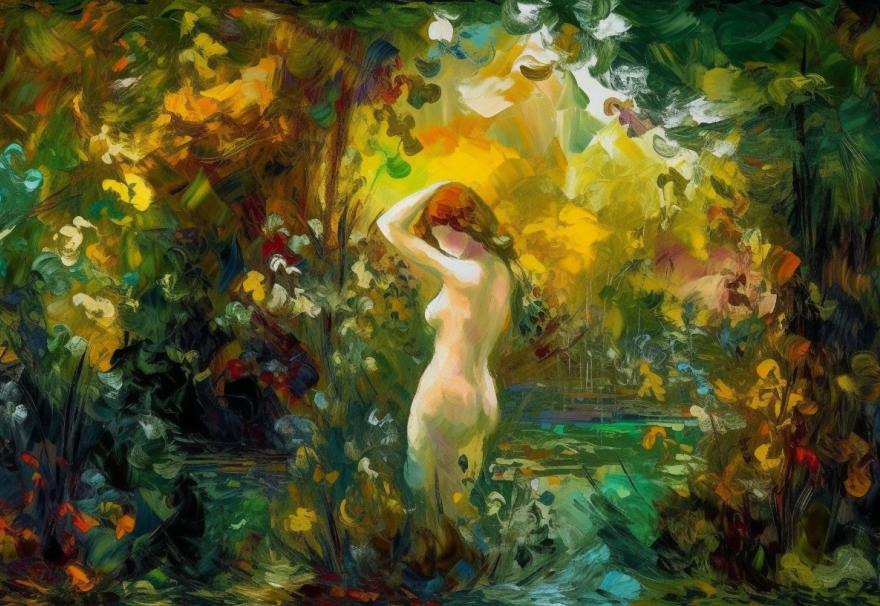Painting has been a popular form of self-expression for centuries, providing a creative outlet for individuals to express their emotions and ideas. But can paint actually affect your state of mind? Many people believe that certain colors or types of paint can induce feelings of happiness, relaxation, or even euphoria. In this article, we explore the link between paint and mood elevation and examine the scientific evidence behind these claims.
The Science of Paint and Psychology
The connection between paint and psychology can be traced back to the color theory, a concept that dates back to the ancient Greeks. Color theory suggests that colors can affect human behavior and emotions, with each color having a unique psychological impact. For example, blue is often associated with calmness and tranquility, while red can evoke feelings of passion and excitement.
More recent research has confirmed the role of color in shaping our emotions and mental state. Studies have shown that exposure to certain colors can have a measurable effect on mood, with warm colors like red, orange, and yellow creating a sense of warmth and energy, and cool colors like blue, green, and purple promoting relaxation and calmness.
The Role of Paint in Mood Elevation
Given the connection between color and mood, it’s no surprise that paint can play a role in mood elevation. When we paint or decorate our living spaces, we’re making a deliberate choice about the colors and textures that surround us. By choosing colors that resonate with us emotionally, we can create a more positive and uplifting environment.
One way that paint can affect mood is through the release of endorphins. Endorphins are neurotransmitters that are associated with feelings of pleasure and euphoria. When we engage in creative activities like painting, our brains release endorphins, which can result in a “high” or sense of elation.
The Importance of Color Selection
If you’re looking to use paint to elevate your mood, it’s important to choose the right colors. Warm colors like red, orange, and yellow can promote feelings of energy and excitement, but they can also be overwhelming if overused. Cool colors like blue, green, and purple are more calming and relaxing, making them a good choice for spaces where you want to unwind and de-stress.
It’s also important to consider the intensity of the color. Bright, bold colors can be energizing, but they can also be overstimulating. Softer, muted colors can be more soothing and calming, making them a good choice for bedrooms or other spaces where you want to promote relaxation.
Conclusion
While paint may not have the same effect as drugs, it can certainly have a measurable impact on our mental state. By understanding the science of color and mood, we can use paint as a tool to promote positive emotions and enhance our overall well-being. Whether you’re looking to create a relaxing space to unwind after a long day or a stimulating environment to boost creativity, the right paint color can make all the difference. So why not experiment with color and see how it affects your mood? Who knows, you may just discover a new favorite color that makes you feel high!
